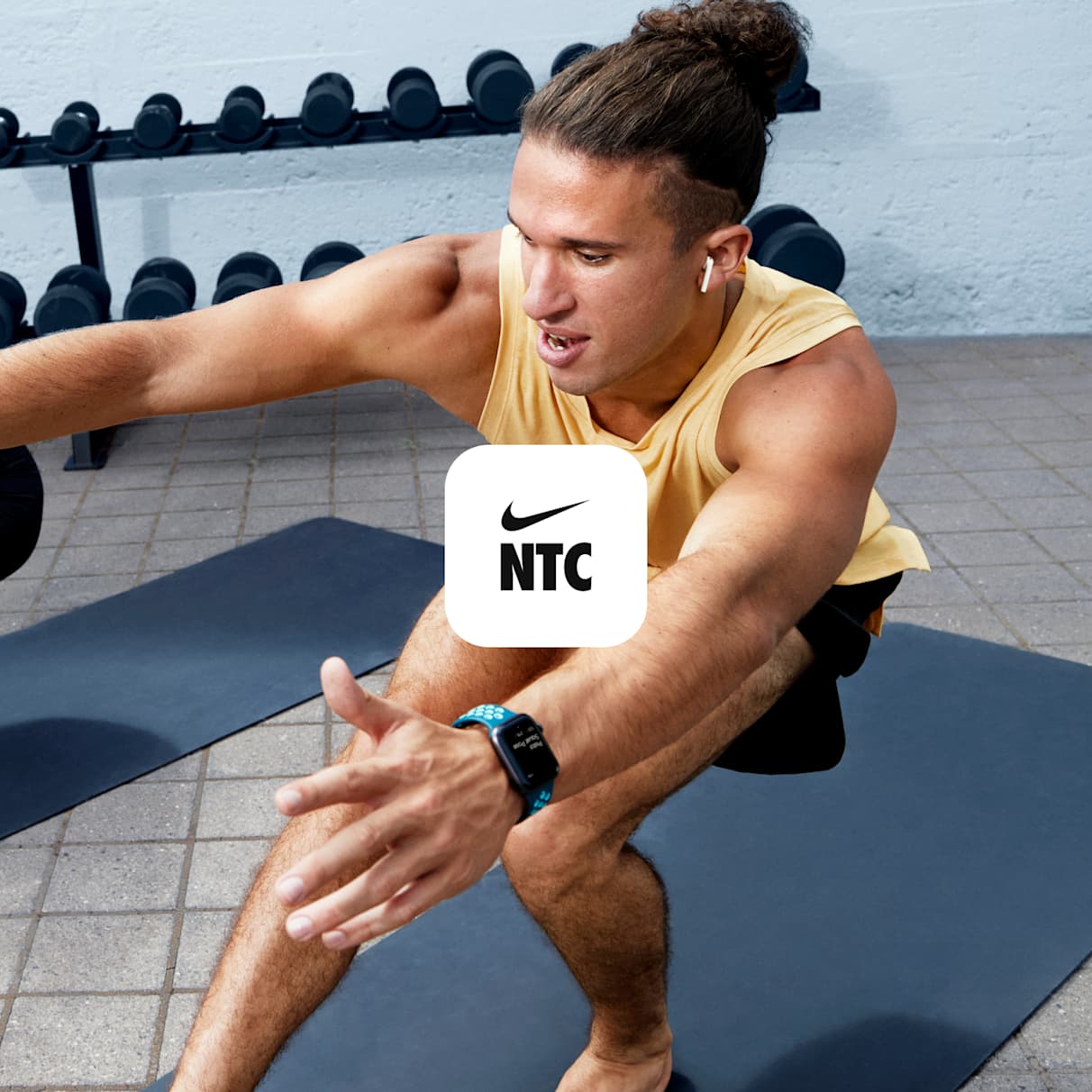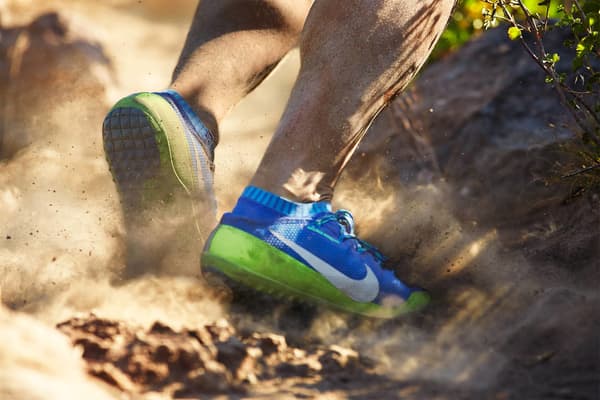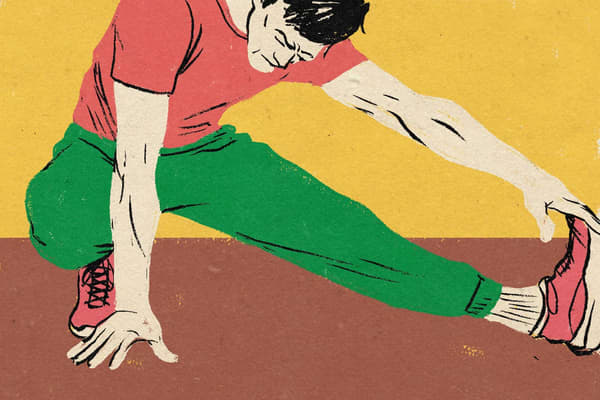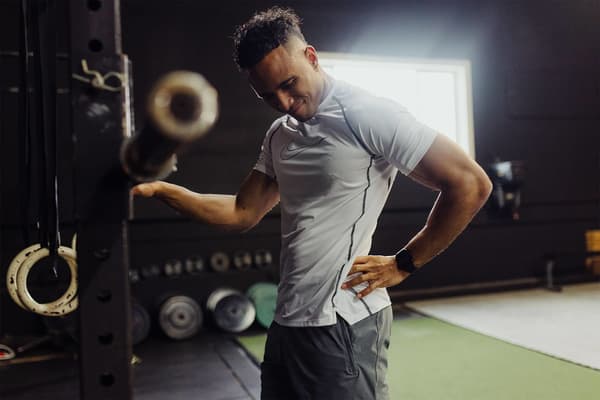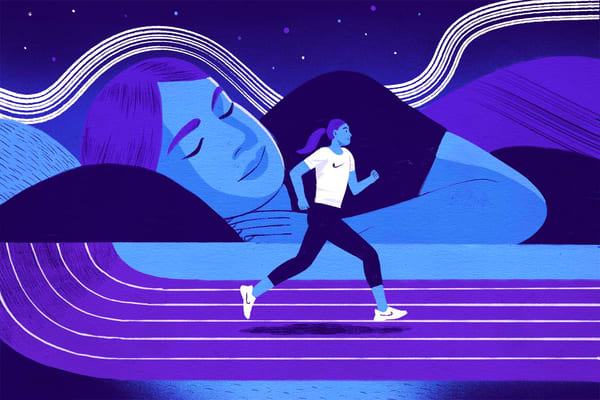Why Self-massage Is the Ultimate Pre-Workout Method
Health & Wellness
Experts explain three possible benefits of self-massage before exercise.
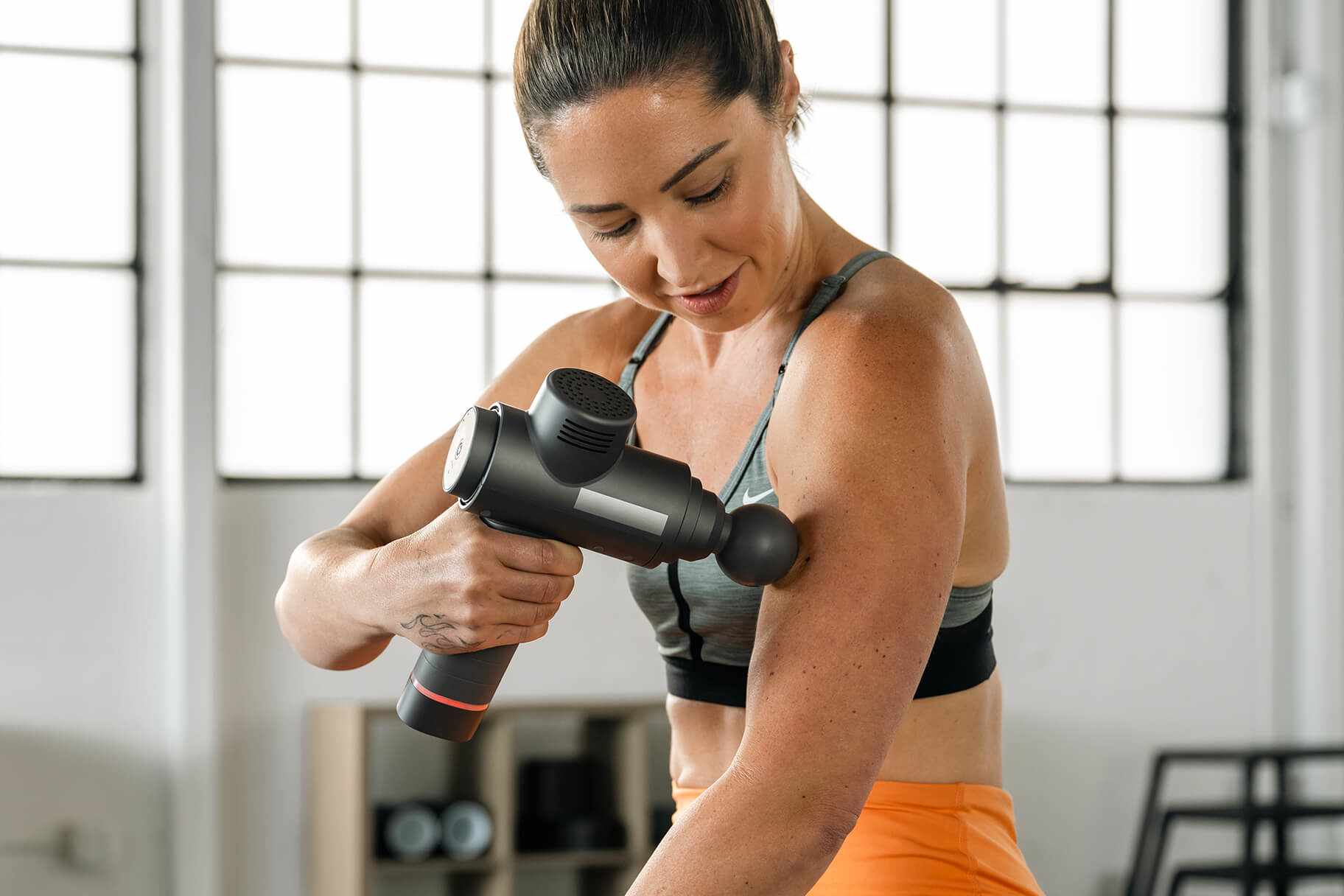
Engaging in an effective and safe workout starts with how you prep your body. While warm-ups and stretches can boast big benefits, doing self-massage can also work wonders on the muscles.
"Self-massage is the act of manipulating the muscles and tendon attachments in order to increase vascularity and flexibility, and to decrease pain perception that may occur with [the] use of a specific muscle group", said Nick Salinas, DPT and back pain specialist. Self-massage can also offer an increase in flexibility, which helps ensure a safer workout and may even prevent injury.
Here's why a self-massage session can make a difference in your movement programme.
(Related: The Top Exercises and Stretches for Hip Mobility, According to Physiotherapists)
1.Improve Performance
When it comes to physical activity, self-massage is an important tool to improve performance.
"By increasing blood flow and circulation to your muscles, you'll be able to work out harder and for more extended periods", said Michael Jones, CMT, who specialises in physiotherapy and rehabilitation. Improved blood flow means more oxygen-rich blood pumping to your muscles, which provides them with an energy boost, allowing them to work harder and longer without fatigue.
Self-massage can also speed up the muscle's recovery time. This means you're less likely to exercise with fatigued or ultra-sore muscles, which can allow you to improve performance. Whether you're going on a walk or challenging yourself to lift more weight, doing so will feel a whole lot better when you're not as sore.
2.May Prevent Injury and Speed up Recovery Time
According to Jones, self-massage is an essential practice for injury prevention in athletes. "It helps decrease the risk of muscle strains and other common injuries", he said.
(Related: Common Injuries to Watch Out For, According to Physiotherapists)
Massaging the muscles can be incredibly healing, thanks to its ability to increase blood flow. This oxygenates your cells, which speeds up the repair process. Research by scientists at Wyss Institute and Harvard John A. Paulson School of Engineering and Applied Sciences also found that massage has the ability to compress the cells that cause inflammation in the muscle tissue, which can also contribute to muscle repair.
Self-massage also "decreases micro-trauma in your tissues, which may be responsible for soreness in the days following a workout", Jones said. "As a result, you'll be able to recover more quickly so that you can get back to training or compete as soon as possible", he said.
Also known as DOMS—or delayed onset muscle soreness—sore muscles can start within 24 hours of a workout and last up to seven days (with the peak soreness occurring within the first three days). While it's not entirely known what causes DOMS, research shows that self-massage is particularly good for alleviating DOMS symptoms and, therefore, helping you recover faster.
If you're using self-massage to speed up recovery time, it's important to speak to a medical professional to learn the proper techniques and methods that are right for you.
"When a specific muscle or body part isn't working the way it is supposed to, it is susceptible to injury, as are other body parts that are forced to take on the additional work", said Matt Tanneberg, DC, CSCS.
When massaging your muscles for injury prevention, he recommended creating a pre-exercise routine that includes "a dynamic warm-up that ideally mimics some or all of the movements you will be performing, followed by self-massage on any areas that feel tense, tight or limited".
3.Increases Mobility
"Massaging your muscles helps increase the temperature of the muscles, making them more pliable", Jones said. Massaging muscles can also help break up adhesions and knots in connective tissues. Through these benefits, you can improve flexibility and range of motion.
According to Salinas, the practice of self-massage realigns muscle fibres, which can help alleviate tension in the body. "Once the muscles are more relaxed, proper blood flow can travel in and out of the affected area", Tanneberg said.
"When you massage your muscles, you essentially give yourself a mini workout", Jones said, adding that it can help prepare the body for movement by increasing circulation and allowing "more oxygenated blood flow through your veins and arteries to your cells and organs", he said.
Tips on How to Give Yourself a Massage
To get a little deeper into your self-massage practice, Jones recommended incorporating either a tennis or lacrosse ball (both of which you can roll on to release tension) or a massage gun. However, a foam roller also makes an excellent pre-workout tool.
"With [a foam roller], take long, sweeping strokes to quickly identify muscular trigger points which get your attention", Salinas said. To relieve the muscles located in key areas of the leg, Salinas recommended starting with a passive technique, using two or three fingers pressed together and placed on the trigger point, which is an area on the muscle that feels more sensitive due to tight muscle fibres.
"Bend the joint above or below in a fashion that shortens that muscle in order to relax it", he said. "Hold this position for 60 to 90 seconds, maintaining pressure as you breathe naturally". With the pressure maintained, Salinas said to move the joint back to a neutral position before releasing your fingers.
Words by Jessie Quinn
